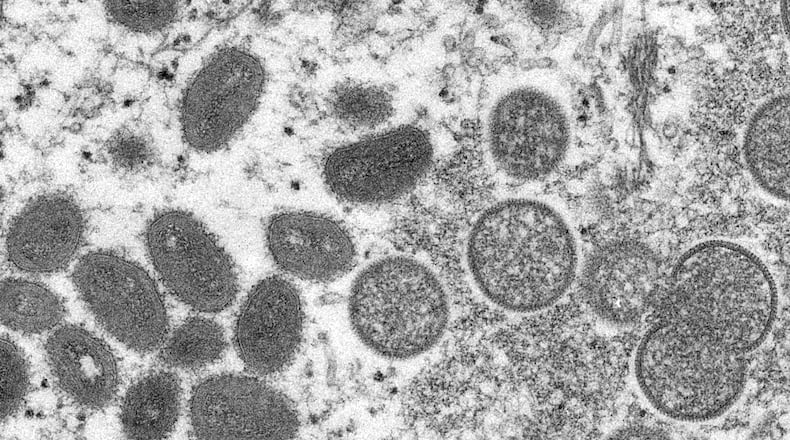The dashboard will be available on the ODH website, and show the total number of cases in the state and in each county, as well as the age range of people affected, the percentage of cases by sex and what the outcomes were, including hospitalizations and deaths.
Like other disease outbreak dashboards, the monkeypox dashboard will be updated weekly on Thursdays.
So far, ODH said that there have been 147 confirmed monkeypox cases in the state in 19 counties. The first was reported on June 13.
Most of the cases were reported in Franklin County, which had 33 cases, and Cuyahoga County, which had 69 cases. Franklin and Cuyahoga counties include Columbus and Cleveland. Most cases were reported among men.
Vanderhoff said that the ODH has been working closely with local partners and healthcare providers to provide testing, investigation, contact tracing and prevention and treatment options.
“The risk of contracting monkeypox for most Ohioans remains low, as this virus does not easily spread like COVID-19. However, it is important to continue to do all we can to mitigate the spread of this virus and to reduce the burden of illness,” he said.
Monkeypox is spread through close personal contact, often skin to skin. It causes a rash that may look like pimples or blisters that will turn to scabs before healing. Some people may also have flu-like symptoms, which could come after the rash.
About the Author

